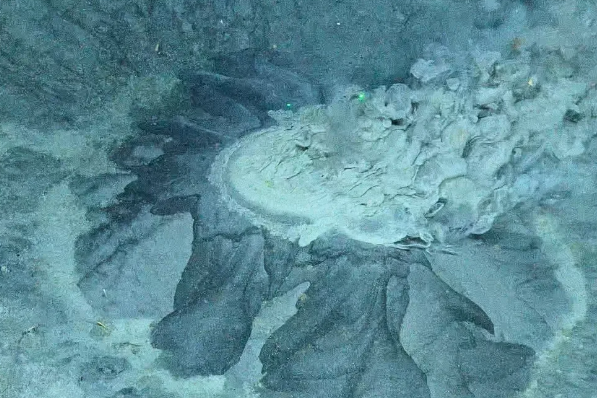A remarkable finding that reveals new geological activity and marine biodiversity
A team of researchers has identified a 7,000-year-old mud volcano in the Barents Sea, south of Bear Island. This volcano, named Borealis, is located 400 meters deep. Scientists discovered it using advanced underwater exploration technology.
Origin and Characteristics of the Volcano
Borealis formed due to an eruption at the end of the last ice age. This event released massive amounts of methane trapped beneath the seafloor. Today, the volcano continues emitting methane, making it crucial for climate studies.
The volcano has a 300-meter-wide crater and is 25 meters deep. Its geological structure suggests it was part of a large-scale gas release process.
A Habitat for Marine Life
Beyond its geological impact, Borealis serves as a refuge for marine species. Scientists have found anemones and commercial fish around its structure. The volcano provides shelter and food, making it a vital underwater ecosystem.
Why This Discovery Matters
This finding expands knowledge of underwater volcanic activity and its environmental impact. The release of methane plays a key role in climate change research.
Additionally, exploring these structures helps scientists understand how marine life adapts to extreme conditions. Preserving these ecosystems and continuing deep-sea research are essential for scientific progress.
This discovery highlights the need for further ocean exploration. The deep sea still holds many secrets about Earth’s geological and biological processes.






No comment